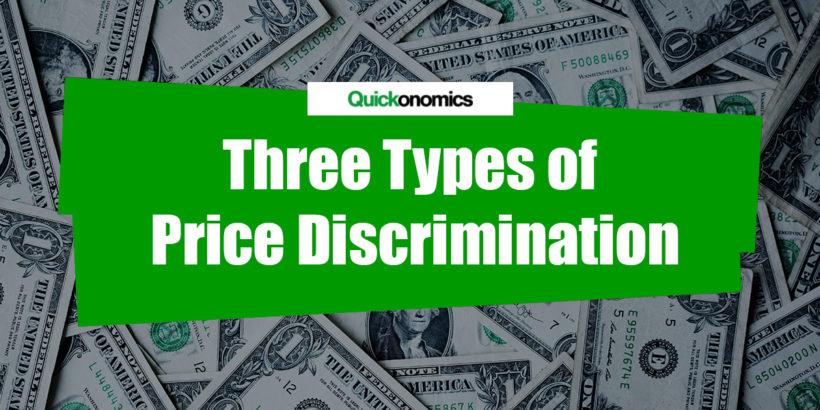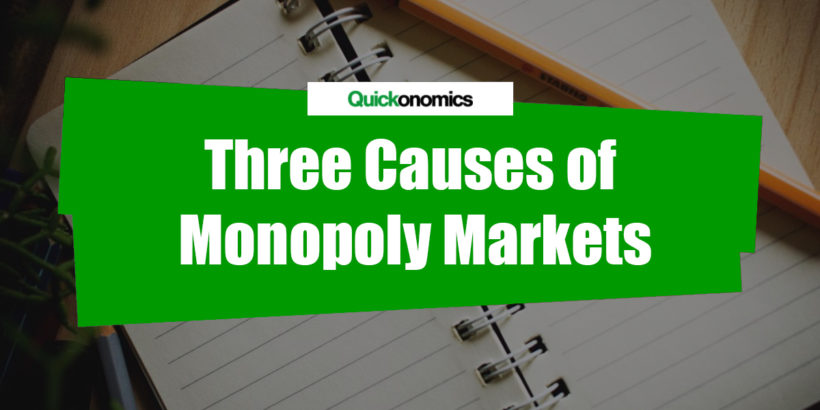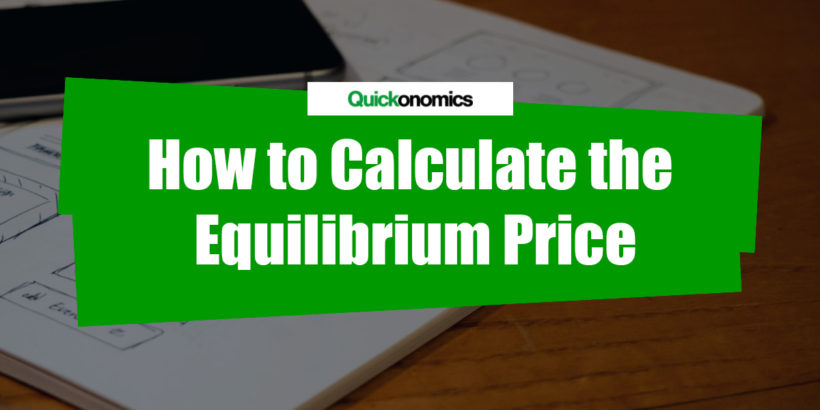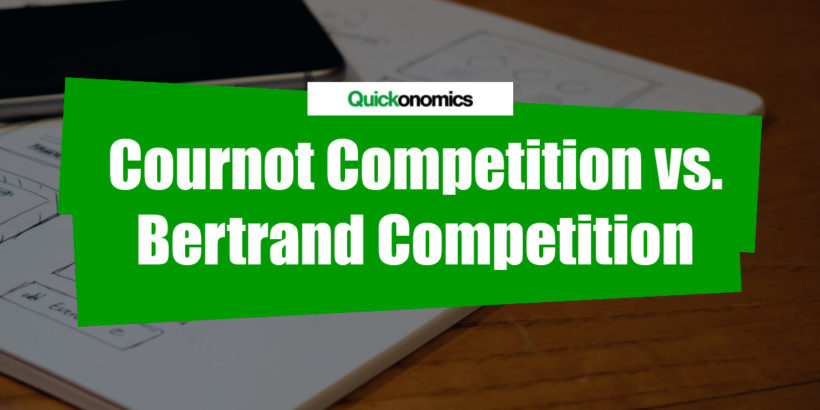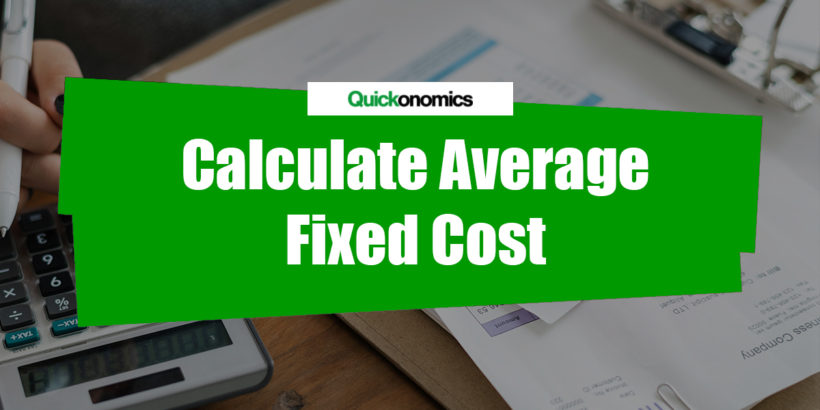Economies of scale (EoS) describe factors that drive production costs down as the volume of output increases. That means when a firm produces more output, its marginal costs of production decrease. There are two major types of EoS: internal and external. Internal economies of scale occur based on factors within […]
Read more


